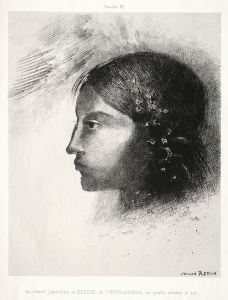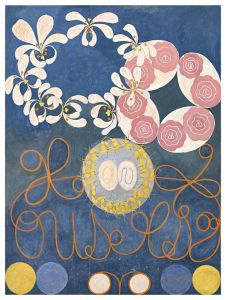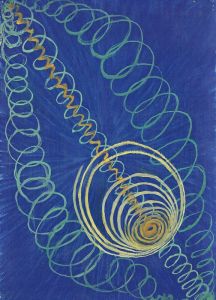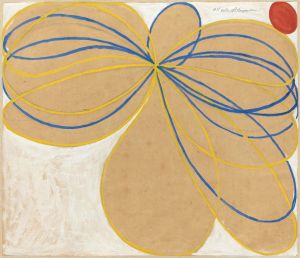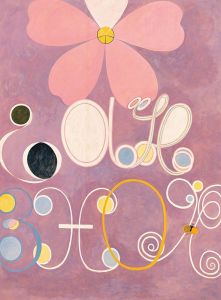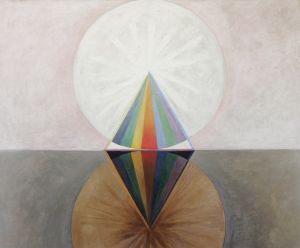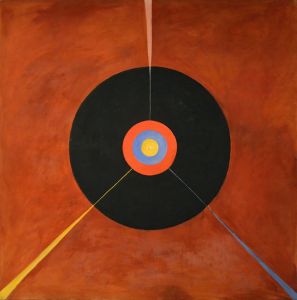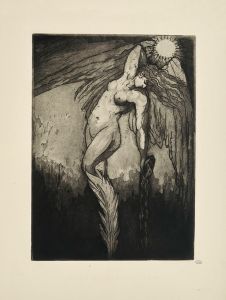
The Ten Largest, No. 10, Old Age
A hand-painted replica of Hilma af Klint’s masterpiece The Ten Largest, No. 10, Old Age, meticulously crafted by professional artists to capture the true essence of the original. Each piece is created with museum-quality canvas and rare mineral pigments, carefully painted by experienced artists with delicate brushstrokes and rich, layered colors to perfectly recreate the texture of the original artwork. Unlike machine-printed reproductions, this hand-painted version brings the painting to life, infused with the artist’s emotions and skill in every stroke. Whether for personal collection or home decoration, it instantly elevates the artistic atmosphere of any space.
"The Ten Largest, No. 10, Old Age" is a painting by Swedish artist Hilma af Klint, completed in 1907. This work is part of a larger series titled "The Ten Largest," which consists of ten paintings created between 1907 and 1908. The series is a significant component of af Klint's larger project called "Paintings for the Temple," which she worked on from 1906 to 1915. Hilma af Klint is recognized as a pioneer of abstract art, and her work predates the widely acknowledged abstract works of artists such as Wassily Kandinsky, Kazimir Malevich, and Piet Mondrian.
"The Ten Largest" series explores the human life cycle, with each painting representing a different stage of life. "No. 10, Old Age" is the final piece in the series and symbolizes the stage of old age. The painting is characterized by its large scale, measuring approximately 3.28 x 2.40 meters (about 10.7 x 7.9 feet), which is consistent with the other works in the series. This monumental size was intended to create an immersive experience for the viewer.
Hilma af Klint's work is notable for its use of vibrant colors, geometric shapes, and symbolic imagery. "No. 10, Old Age" features a complex composition with swirling forms, circular motifs, and a rich palette dominated by shades of blue, purple, and pink. These elements are believed to convey themes of wisdom, reflection, and the culmination of life's journey. The abstract nature of the painting allows for multiple interpretations, and af Klint's work often incorporates spiritual and philosophical ideas, influenced by her interest in Theosophy and other esoteric traditions.
Af Klint was a member of a group called "The Five," which consisted of women artists who shared an interest in spiritualism and the exploration of the unseen dimensions of existence. This group conducted séances and believed that their artistic creations were guided by higher spiritual forces. Af Klint's "Paintings for the Temple" series, including "The Ten Largest," was conceived as a visual representation of these spiritual insights.
Despite her groundbreaking work, Hilma af Klint's contributions to abstract art were largely unrecognized during her lifetime. She exhibited her work only sparingly and stipulated that her abstract paintings should not be shown until at least 20 years after her death, believing that the world was not yet ready to understand them. As a result, her work remained relatively unknown until the late 20th century.
In recent years, there has been a growing recognition of af Klint's role as a pioneer of abstract art. Major exhibitions, such as the 2018-2019 retrospective at the Solomon R. Guggenheim Museum in New York, have brought her work to a wider audience and highlighted her innovative contributions to the art world. "The Ten Largest, No. 10, Old Age" stands as a testament to her visionary approach and her exploration of the spiritual dimensions of human existence.





